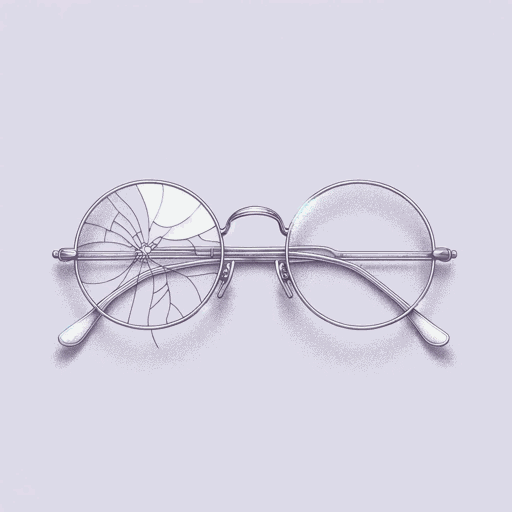39 pages • 1 hour read
Sigmund FreudThree Essays on the Theory of Sexuality
Nonfiction | Book | Adult | Published in 1905A modern alternative to SparkNotes and CliffsNotes, SuperSummary offers high-quality Study Guides with detailed chapter summaries and analysis of major themes, characters, and more.
Important Quotes
“Popular opinion has quite definite ideas about the nature and characteristics of this sexual instinct. It is generally understood to be absent in childhood, to set in at the time of puberty in connection with the process of coming to maturity and to be revealed in the manifestations of an irresistible attraction exercised by one sex upon the other; while its aim is presumed to be sexual union, or at all events actions leading in that direction. We have every reason to believe, however, that these views give a very false picture of the true situation. If we look into them more closely we shall find that they contain a number of errors, inaccuracies and hasty conclusions.”
(Essay 1, Page 1)
In this opening passage, Freud draws immediate attention to some of the major false assumptions that he believes still dominant the understanding of human sexuality in his own day. The main assumptions here are, in other words: that childhood has no role in sexual development; that heterosexuality inspires the sexual impulse, and that sexuality is ultimately driven by the instinct to procreate, or at least become joined to the other sex. Freud will dispute all of these assumptions in the pages that follow. He will argue that childhood is fundamental to the development of sexuality in an individual and that childhood sexuality exercise a formative influence on psychological development.
“The popular view of the sexual instinct is beautifully reflected in the poetic fable which tells how the original human beings were cut up into two halves—man and woman—and how these are always striving to unite again in love. It comes as a great surprise therefore to learn that there are men whose sexual object is a man and not a woman, and women whose sexual object is a woman and not a man. People of this kind are described as having ‘contrary sexual feelings,’ or better, as being ‘inverts,’ and the fact is described as ‘inversion.’ The number of such people is very considerable, though there are difficulties in establishing it precisely.”
(Essay 1, Page 2)
Freud here introduces the idea of “inversion,” or homosexuality, into his investigation of the sexual impulse. Freud argues that the assumption that the sexual impulse in inherently heterosexual—and by extension, driven by the procreative instinct—is fundamentally wrong. This assumption is belied by the fact that there are men who are attracted sexually only to men, and women who are sexually attracted only to women. Freud’s point is to establish that the sexual instinct, or drive, has no innate object and no innate aim. Instead, the sexual instinct takes various forms and can be directed at various objects.
Related Titles
By Sigmund Freud

Civilization And Its Discontents
Sigmund Freud

Moses and Monotheism
Sigmund Freud

On Dreams
Sigmund Freud

The Freud Reader
Sigmund Freud

The Future of an Illusion
Sigmund Freud

The Interpretation of Dreams
Sigmund Freud

The Uncanny
Sigmund Freud

